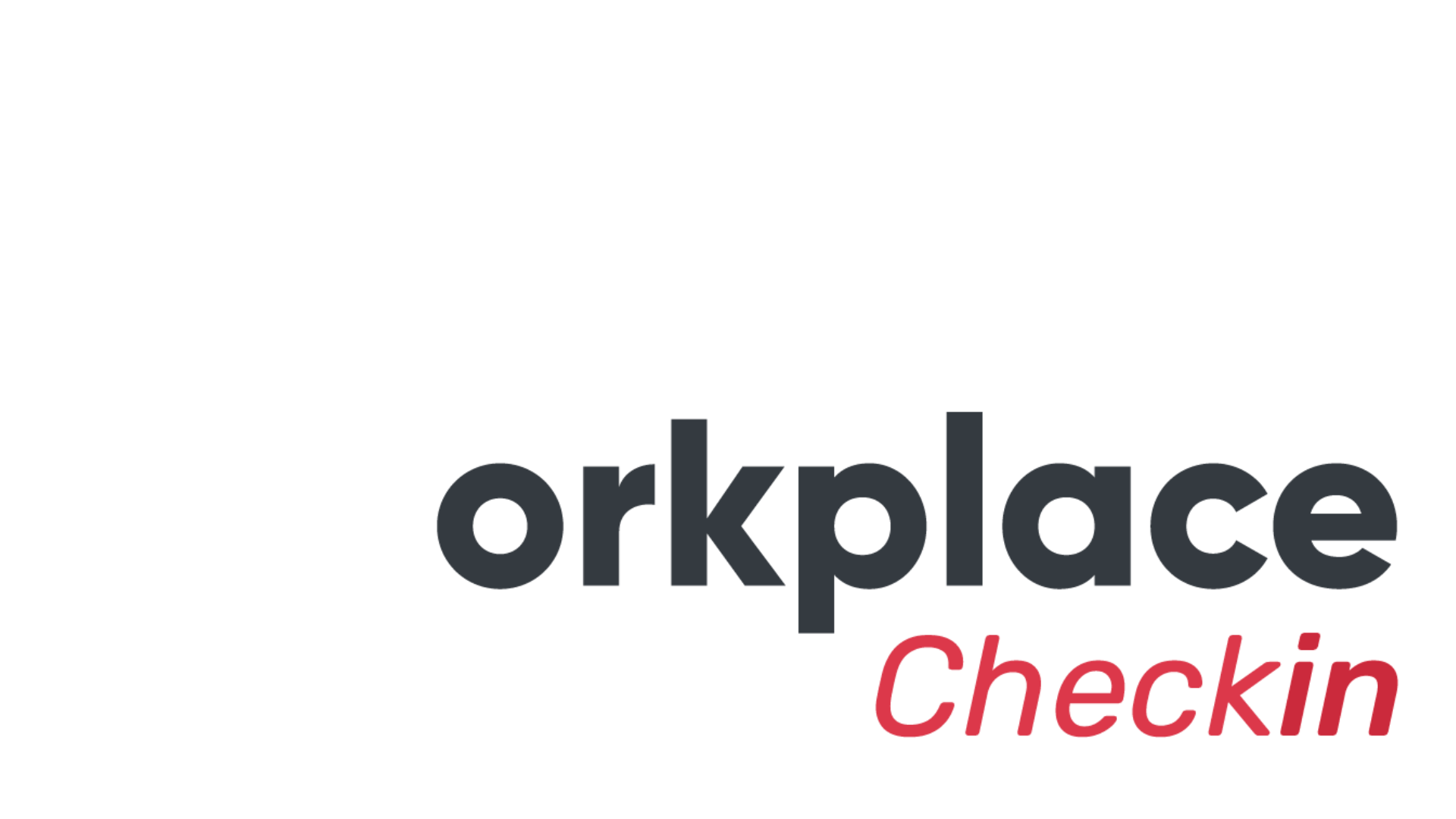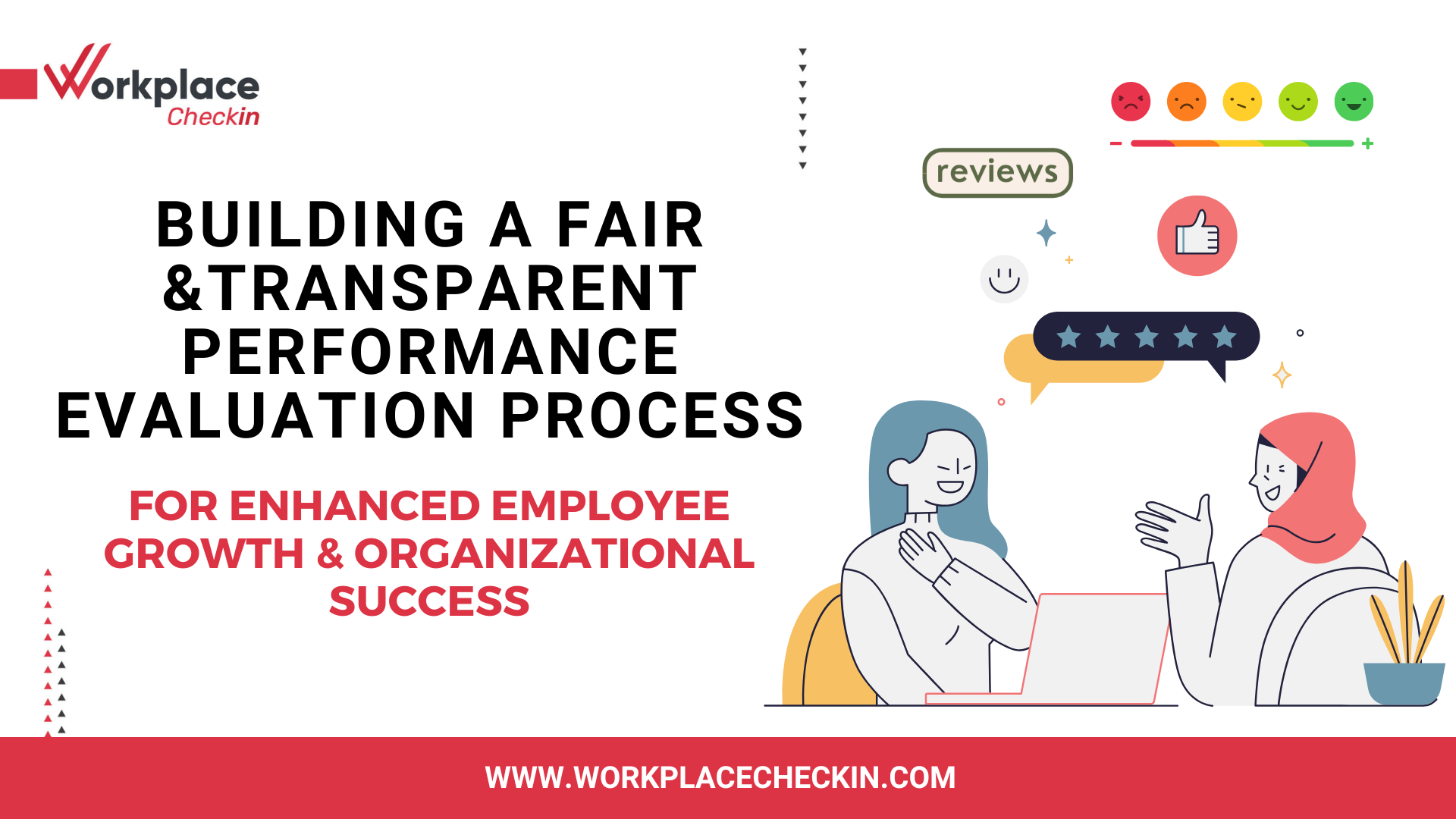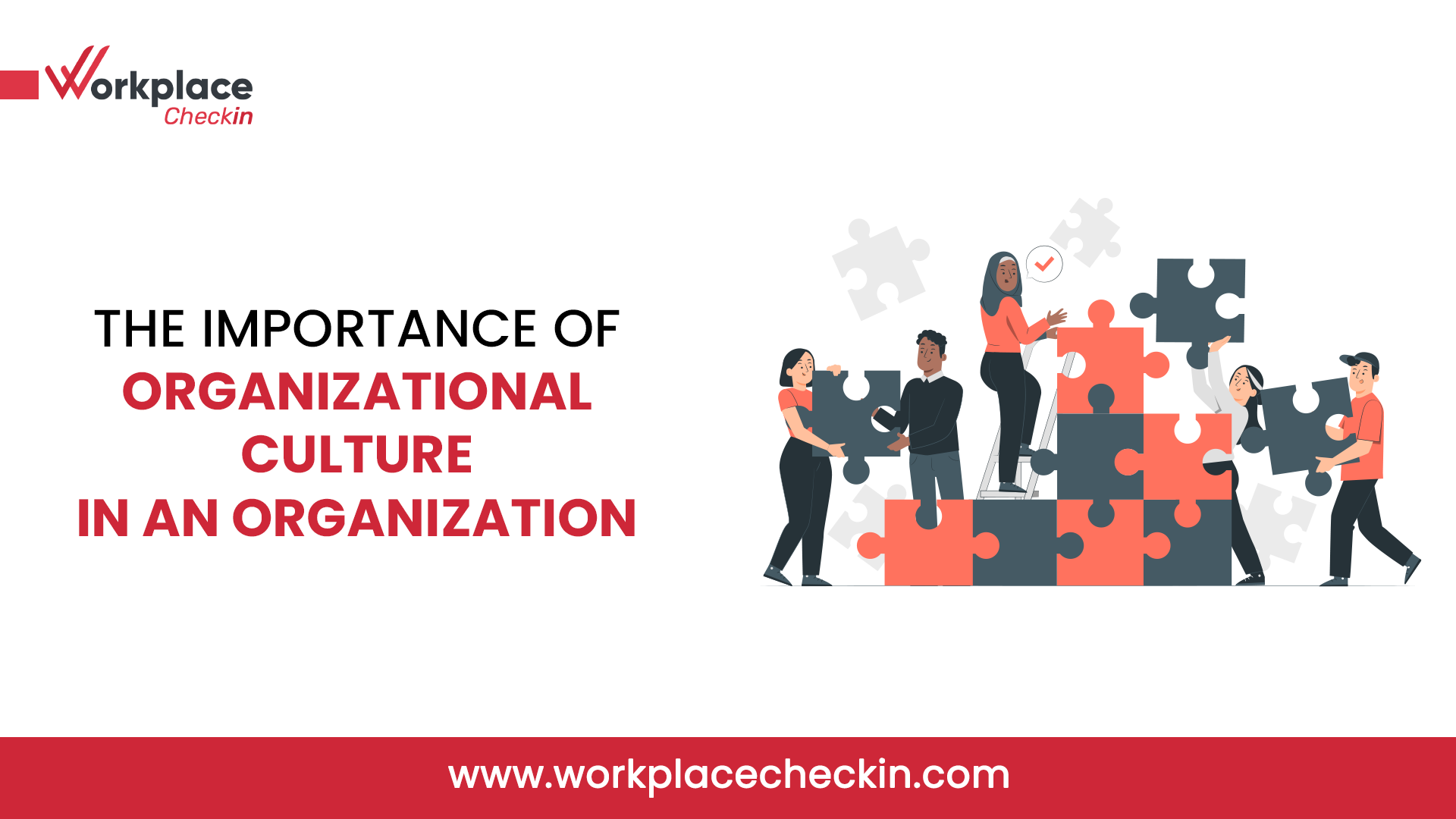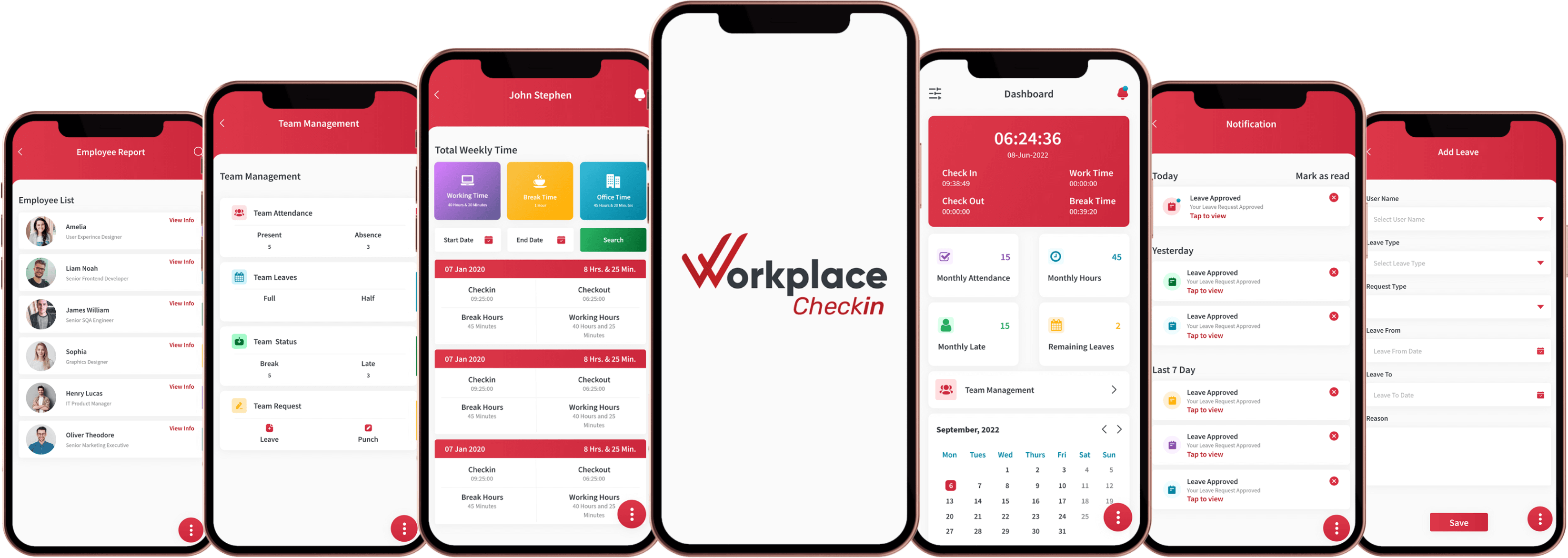

In the dynamic landscape of modern workplaces, organizational culture stands as a pivotal force shaping employee engagement, productivity, and overall success. At its core, organizational culture is the shared values, beliefs, and behaviors that define the essence of a company and guide its actions. Among the myriad of factors influencing culture, effective communication emerges as a cornerstone, fostering transparency, trust, and alignment among employees.
Communication serves as the lifeblood of any organization, transcending hierarchies and departments to connect individuals and teams. When leveraged strategically, communication becomes a powerful tool for nurturing and reinforcing a positive organizational culture. In this blog post, we delve into key communication strategies that can bolster organizational culture and drive sustainable growth.

1. Establish Open Channels of Communication
Transparency serves as the foundation for a thriving organizational culture. When leaders cultivate an environment where employees feel safe to express their opinions, concerns, and ideas without fear of retaliation, it fosters trust and collaboration across the organization.
Implementation: Open-door policies, regular town hall meetings, and anonymous feedback mechanisms are effective ways to establish open channels of communication. Open-door policies encourage employees to approach leaders with their thoughts and concerns, fostering a sense of accessibility and approachability. Regular town hall meetings provide a platform for leadership to share updates and initiatives transparently while also allowing employees to ask questions and provide feedback. Additionally, anonymous feedback mechanisms, such as suggestion boxes or online surveys, offer a safe space for employees to share candid feedback without fear of repercussion.
Benefits: Establishing open channels of communication promotes transparency, trust, and inclusivity within the organization. It empowers employees to voice their opinions and ideas, leading to increased engagement, innovation, and collaboration. Moreover, it helps identify areas for improvement and fosters a culture of continuous learning and development.
2. Articulate and Reinforce Core Values
Effective communication involves consistently articulating and reinforcing the organization's core values. Leaders should infuse their messaging with the company's mission, vision, and values, ensuring alignment between actions and stated principles.
Implementation: Leaders can articulate and reinforce core values through various communication channels, including team meetings, company-wide emails, and internal communications platforms. By integrating values into everyday conversations, meetings, and decision-making processes, organizations can instill a sense of purpose and identity among employees. Furthermore, leaders should lead by example, demonstrating behaviors that reflect the organization's values and principles.
Benefits: Articulating and reinforcing core values fosters a cohesive organizational culture centered around shared beliefs and principles. It guides employee behavior, decision-making, and interactions, promoting consistency and alignment throughout the organization. Additionally, it enhances employee engagement, motivation, and commitment by creating a sense of belonging and purpose.

3. Foster Dialogue and Collaboration
Communication should be a dynamic exchange of ideas and perspectives, rather than a one-way street. Encouraging dialogue and collaboration among employees through team meetings, brainstorming sessions, and cross-functional projects enables organizations to harness the collective intelligence of their workforce.
Implementation: Organizations can foster dialogue and collaboration by creating opportunities for employees to share ideas, provide feedback, and collaborate on projects. This can be achieved through regular team meetings, brainstorming sessions, and cross-functional projects that bring together employees from different departments or teams. Additionally, leaders should actively listen to employees' input, encourage diverse perspectives, and facilitate constructive dialogue.
Benefits: Fostering dialogue and collaboration enhances creativity, innovation, and problem-solving within the organization. It enables employees to leverage their collective expertise and experiences to generate new ideas and solutions. Moreover, it strengthens relationships, trust, and teamwork among employees, driving productivity and performance.
4. Lead by Example
Leaders play a crucial role in shaping organizational culture through their words and actions. By embodying the values they espouse and modeling open, transparent communication, leaders set the tone for the entire organization.
Implementation: Leaders can lead by example by demonstrating authenticity, empathy, and integrity in their communication and interactions with employees. This involves actively listening to employees' concerns, providing constructive feedback, and addressing issues transparently and ethically. Additionally, leaders should communicate openly about organizational goals, priorities, and challenges, fostering a culture of transparency and trust.
Benefits: Leading by example inspires trust, confidence, and commitment among employees. It cultivates a culture of accountability and integrity, where employees feel valued, respected, and empowered to contribute to the organization's success. Moreover, it promotes consistency and alignment between leadership's words and actions, reinforcing the organization's values and principles.

5. Leverage Technology for Seamless Communication
In today's digital age, technology offers a wide range of tools and platforms for facilitating communication and collaboration. Organizations can leverage technology to streamline communication processes, bridge geographical barriers, and enhance connectivity among employees.
Implementation: Organizations can leverage various communication tools and platforms, such as instant messaging apps, project management software, video conferencing tools, and intranet portals, to facilitate seamless communication and collaboration. These tools enable employees to communicate and collaborate in real-time, regardless of their location or time zone. However, it's essential to strike a balance between digital and face-to-face communication to ensure human connection and engagement are not compromised.
Benefits: Leveraging technology for seamless communication improves efficiency, productivity, and collaboration within the organization. It enables employees to connect and collaborate more effectively, leading to faster decision-making and problem-solving. Moreover, it enhances flexibility and accessibility, allowing employees to communicate and collaborate from anywhere, at any time.
6. Celebrate Successes and Milestones
Effective communication involves not only addressing challenges and providing feedback but also celebrating successes and milestones. Recognizing and appreciating employees' contributions fosters a culture of appreciation, motivation, and camaraderie within the organization.
Implementation: Organizations can celebrate successes and milestones through various means, such as public acknowledgments, awards ceremonies, team outings, or social events. Leaders should regularly recognize and appreciate employees' achievements, whether big or small, to show appreciation for their hard work and dedication. Additionally, involving employees in the celebration planning process can further enhance engagement and morale.
Benefits: Celebrating successes and milestones boosts morale, motivation, and engagement among employees. It reinforces a culture of appreciation, recognition, and teamwork, where employees feel valued and appreciated for their contributions. Moreover, it strengthens bonds and relationships within the team, fostering a sense of belonging and camaraderie.
Conclusion
In conclusion, communication serves as the linchpin of organizational culture, shaping beliefs, behaviors, and relationships within the workplace. By embracing open, transparent communication practices, articulating core values, fostering dialogue and collaboration, and leading by example, organizations can cultivate a culture of trust, engagement, and innovation. Leveraging technology for seamless communication and celebrating successes further reinforces a positive organizational culture, driving sustainable growth and success in the long run. As organizations navigate an increasingly complex and interconnected world, effective communication remains indispensable in strengthening and sustaining a vibrant organizational culture.






